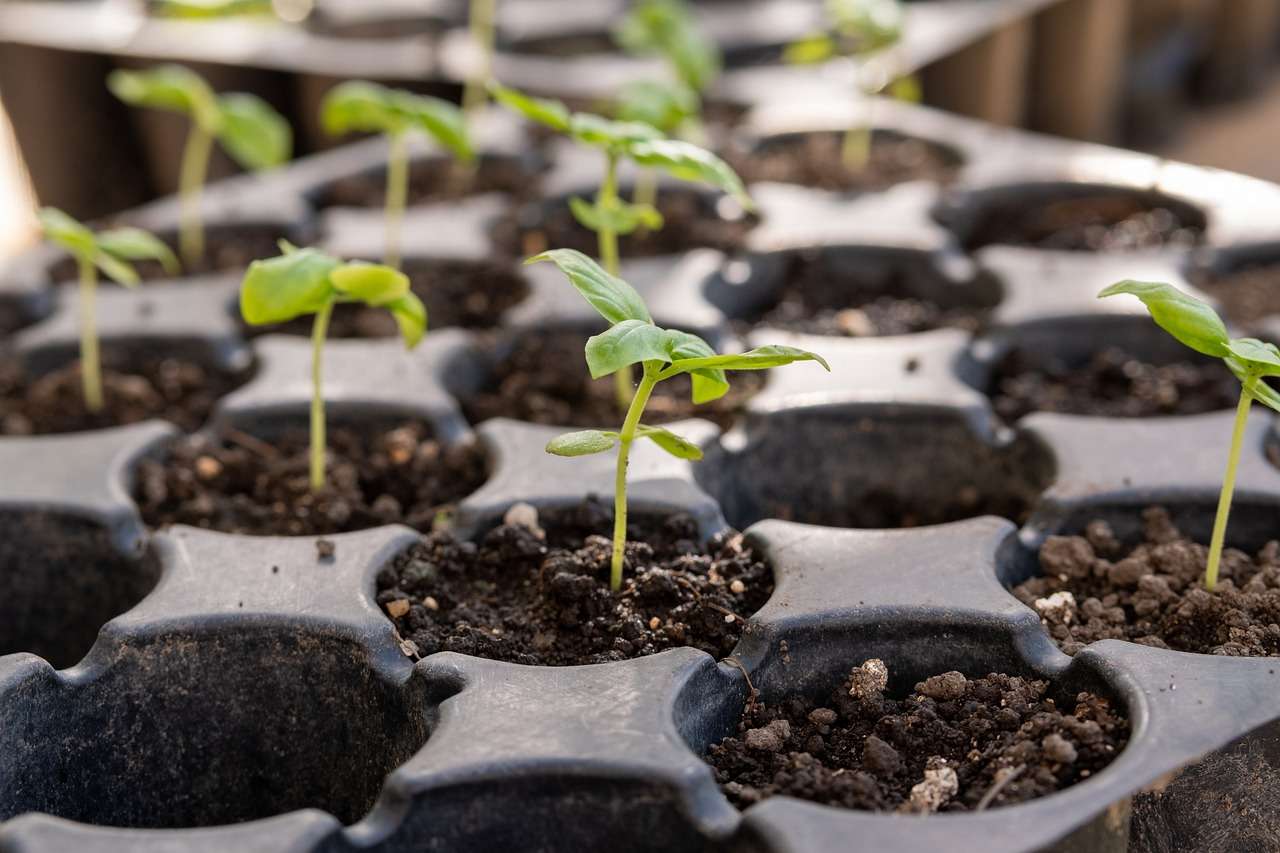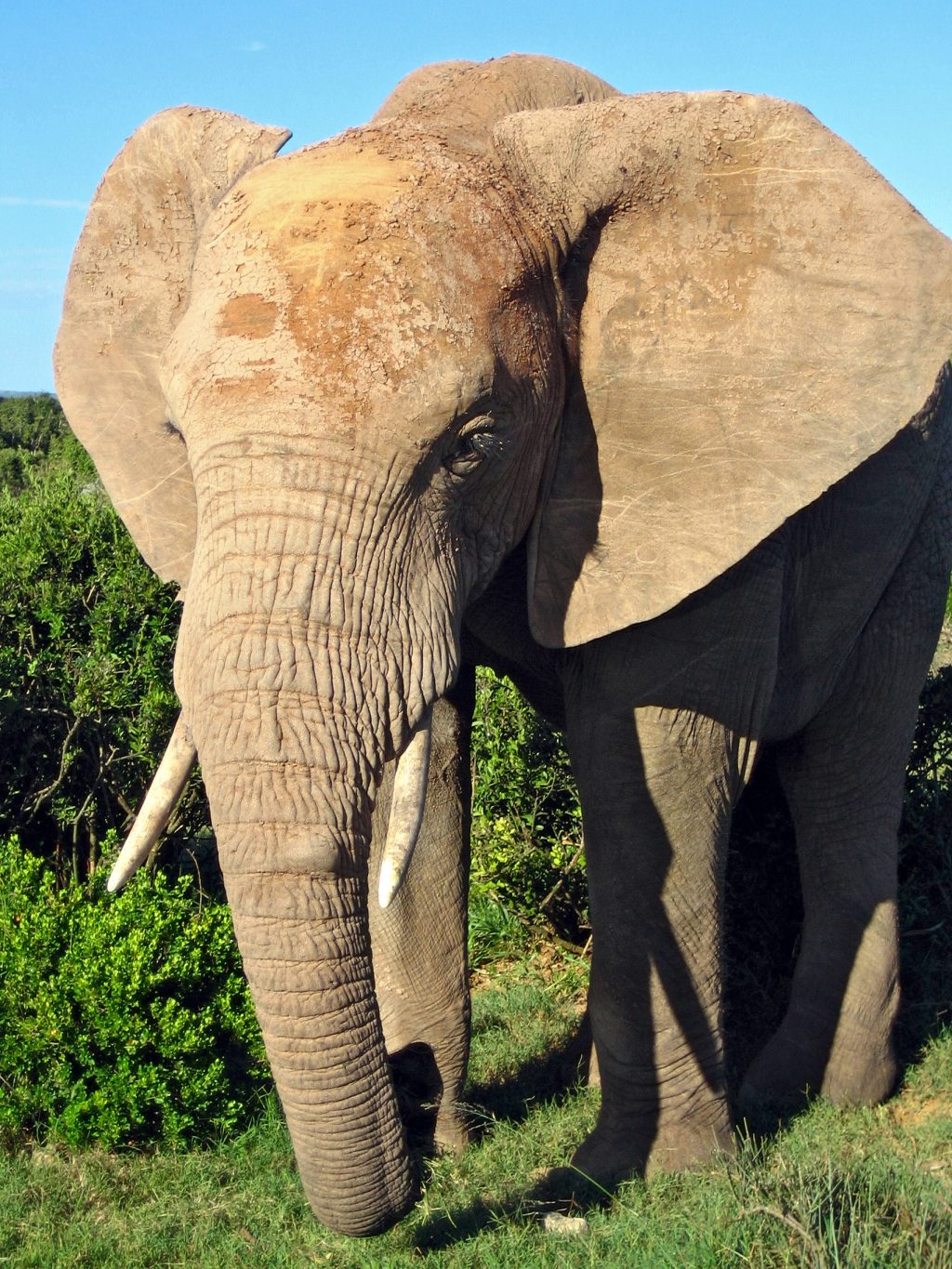In the world of succulents, the Elephant Bush (Portulacaria afra) stands out for its unique appearance and ease of care. Known for its thick, fleshy leaves and sprawling growth habit, this plant is a favorite among both novice and experienced gardeners. If you’re looking to expand your collection or share this beautiful plant with friends, learning how to propagate Elephant Bush is an essential skill. In this guide, we’ll walk you through the entire process, from selecting cuttings to caring for your new plants.
Understanding the Elephant Bush
Before diving into propagation, it’s important to understand what makes the Elephant Bush special. This succulent, also known as “Miniature Jade,” is native to South Africa and thrives in warm, dry climates. It’s not related to the true jade plant (Crassula ovata), despite its similar appearance. The Elephant Bush is known for its resilience and adaptability, making it an ideal candidate for propagation.
Key Characteristics:
- Thick, fleshy leaves
- Can grow up to 6 feet tall
- Tolerates drought and partial shade
- Produces small white flowers in spring
Why Propagate Elephant Bush?
There are several reasons why you might want to propagate Elephant Bush:
- Expand Your Collection: You can easily grow multiple plants from a single cutting.
- Share With Friends: Propagation is a great way to give away plants as gifts.
- Revive a Struggling Plant: If your Elephant Bush is suffering, propagating healthy cuttings can save the plant.
- Control Growth: Propagating helps manage the size and shape of your plant.
Tools and Materials Needed
To successfully propagate Elephant Bush, you’ll need the following:
- Sharp, clean pruning shears or scissors
- Potting mix (well-draining)
- Small pots with drainage holes
- Rooting hormone (optional)
- Water spray bottle
- Newspaper or paper towels to place cuttings on
Step-by-Step Propagation Guide
1. Selecting Cuttings
The best time to take cuttings from Elephant Bush is during the growing season, which typically runs from spring to early summer. Look for healthy, mature stems that are at least 4-6 inches long. Avoid taking cuttings from weak or diseased parts of the plant.
Tip: Choose stems that have a few sets of leaves, as these will have the best chance of rooting.
2. Preparing the Cuttings
Once you’ve selected your cuttings, use sharp, clean shears to make a clean cut just below a node (the point where leaves attach to the stem). Remove any lower leaves, leaving only a few at the top.
Tip: Let the cuttings dry for a day or two before planting. This allows the cut ends to callus over, reducing the risk of rot.
3. Planting the Cuttings
Fill small pots with well-draining potting mix. Make a hole in the soil with your finger or a pencil, and insert the cutting into the hole. Gently firm the soil around the base of the cutting to hold it in place.
Tip: If using rooting hormone, dip the cut end of the stem into the hormone before planting.
4. Providing Proper Care
After planting, water the cuttings lightly to settle the soil. Place the pots in a bright, indirect light location. Avoid direct sunlight, as it can scorch the young plants.
Tip: Keep the soil slightly moist but not soggy. Overwatering is one of the most common causes of failed propagation.
5. Monitoring Growth
Roots should begin to form within 2-4 weeks. You can gently tug on the cutting to check for resistance, which indicates that roots have started to grow.
Tip: Once the cuttings have rooted, gradually acclimate them to more sunlight.
Common Challenges and Solutions
While propagating Elephant Bush is generally straightforward, there are a few challenges you may encounter:
1. Rotting Cuttings
If your cuttings start to rot, it’s likely due to overwatering or poor drainage. Ensure that your potting mix is well-draining and avoid watering too frequently.
2. Lack of Root Growth
If your cuttings don’t root, it could be due to low humidity or improper light conditions. Try placing the cuttings in a warmer, brighter location.
3. Pest Infestations
Although rare, pests such as mealybugs or spider mites can affect young cuttings. Regularly inspect your plants and treat any infestations with neem oil or insecticidal soap.
Caring for Newly Propagated Plants
Once your Elephant Bush cuttings have rooted, they require the same care as mature plants. Here are some key tips for maintaining their health:
1. Light
Provide at least 6 hours of bright, indirect sunlight daily. If growing indoors, place the plants near a south-facing window.
2. Water
Use the “soak and dry” method. Allow the soil to dry completely between waterings. During dormancy, reduce watering frequency.
3. Fertilizer
Feed your Elephant Bush every 4-6 weeks during the growing season with a balanced, diluted liquid fertilizer.
4. Pruning
Regular pruning helps maintain the plant’s shape and encourages new growth. Trim back leggy stems to promote bushier growth.
Conclusion
Propagating Elephant Bush is a rewarding and easy process that allows you to grow more of this beautiful succulent. By following the steps outlined in this guide, you’ll be well on your way to creating a thriving collection of Elephant Bush plants. Whether you’re a beginner or an experienced gardener, the joy of watching your cuttings grow into full-fledged plants is truly satisfying.
Author: Sarah Thompson
Title/Role: Horticulture Expert
Credentials: With over 10 years of experience in plant care and propagation, Sarah has helped countless gardeners grow healthy, vibrant plants. She specializes in succulents and indoor gardening.
Profile Link: https://www.sarahthompsonhorticulture.com
Sources:
– https://www.succulentsandmore.com
– https://www.gardeningknowhow.com
– https://www.thespruce.com
Related Articles:
– How to Care for Elephant Bush
– Top 10 Succulents for Indoor Gardening
– Common Problems with Elephant Bush
Call to Action:
Start propagating your own Elephant Bush today and enjoy the satisfaction of growing your own plants! 🌱
URL Slug: /how-to-propagate-elephant-bush
Image Optimization:
– 
–
– 
– 
– 











More Stories
US Trending News: The History and Legacy of Zoo York in Streetwear Culture
What Is Yodo Para Tiroides and How Does It Affect Thyroid Health?
Understanding ‘You Got That Right’ in The New York Times: Context and Implications